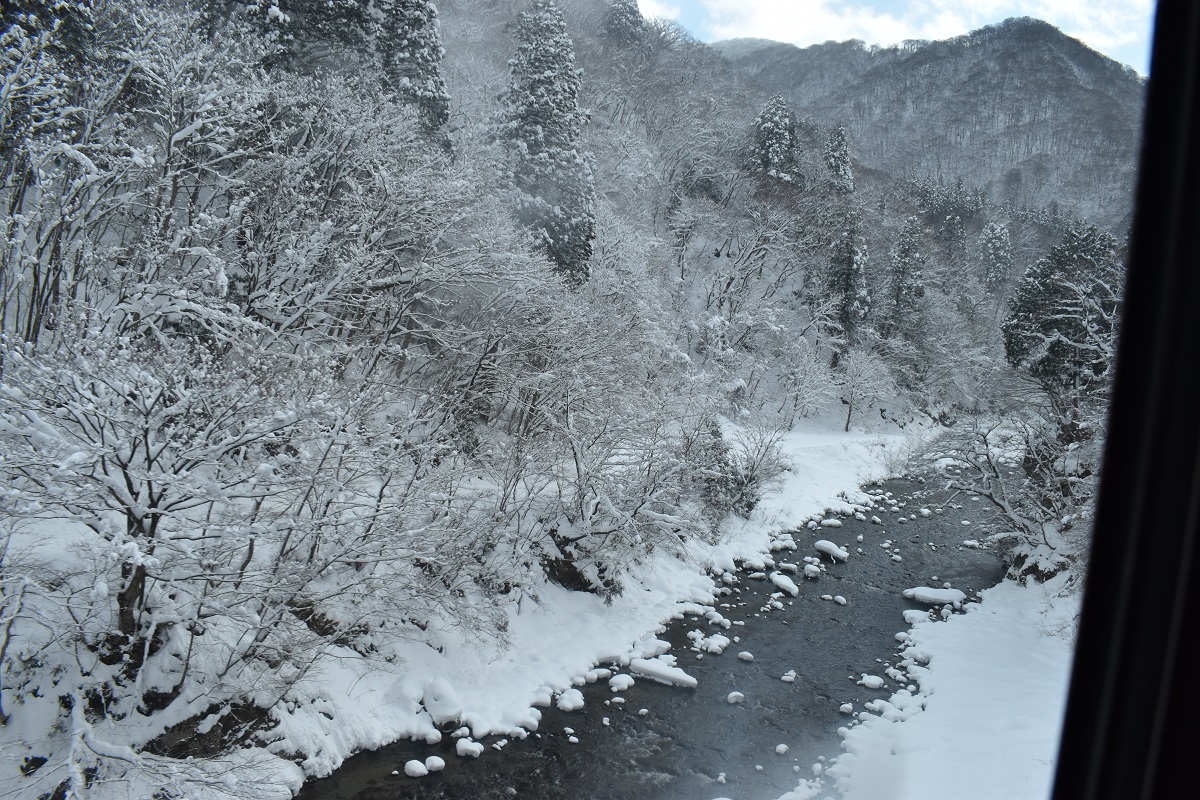Usa Shrine is the grandmaster of all Hachiman Shrines. Do you understand that there is a hierarchy in shrines, just like in human society?
It is said that there are eight million gods in Japan, and people believe that there are gods everywhere. Depending on the deity enshrined, shrines can be classified into 30,000 Inari shrines for business, 40,000 Hachiman shrines for military fortune, 12,000 Tenjin shrines for academics, and 25,000 Suwa shrines for agricultural irrigation.
Left: Inari shrine / Center: Tenjin shrine / Right: Suwa shrine
Hachiman was originally an indigenous god worshiped by the local Usa clan, but it seems that he became the god of military luck after being told by the gods that he was the incarnation of Emperor Ojin, a master of archery. At Hachiman Shrine, there is a ritual called Hojo-e where living things are released into nature. Samurai (warrior) are destined to kill life, but Buddhism forbids killing. It is said that these contradictory concepts were fused on the Kunisaki Peninsula, resulting in a syncretization of Shinto and Buddhism.
Usa Jingu is the grandmaster of the Hachiman deity, and is positioned to bring together other shrines such as Iwashimizu Hachiman Shrine in Kyoto and Tsurugaoka Hachiman Shrine in Kamakura. I think it would be interesting to visit the shrines while understanding their connections. The shape of the main building of the shrine is called Hachiman-zukuri(style) and is similar to each other.
Left: Usa /Center: Iwashimizu(Kyoto) /Right: Tsurugaoka(Kamakura)

However, when it comes to etiquette when visiting shrines, at most shrines you bow twice, clap twice and lastly bow once again, but at Usa Shrine you bow twice, clap four times and lastly bow once again. Even so, the grounds of Usa Shrine are too vast like U.S.A.














